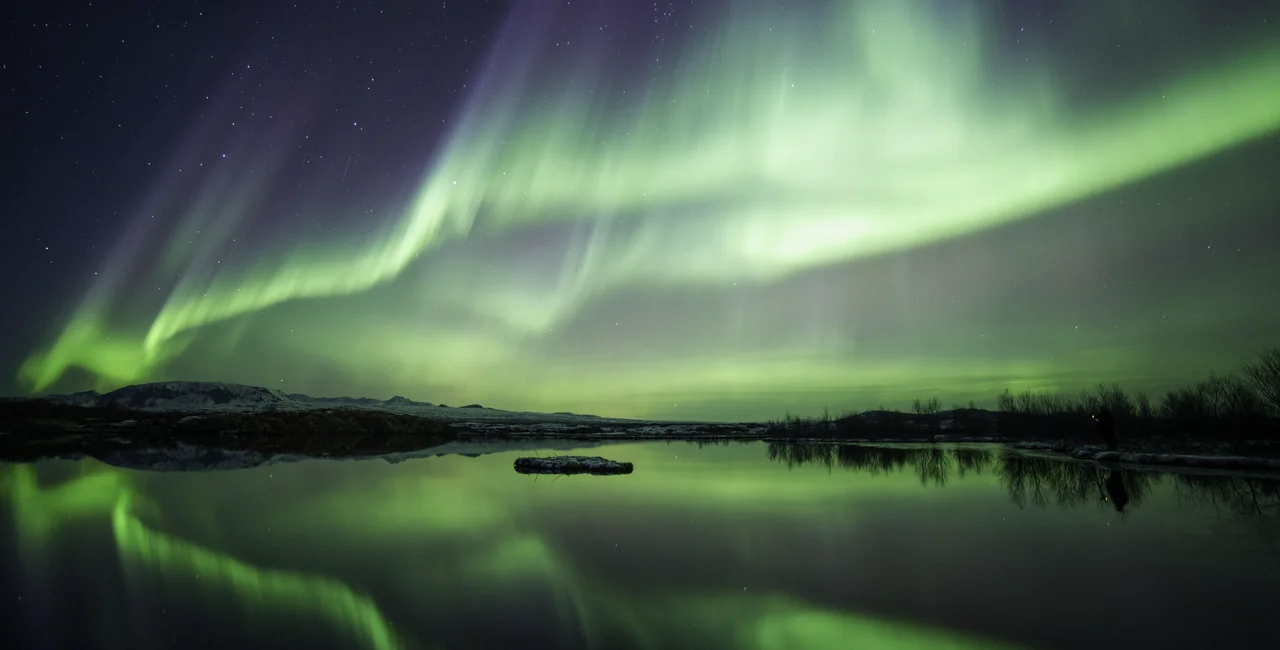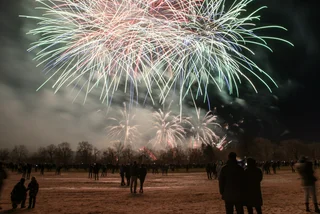A large solar flare that erupted on October 28 will reach Earth tonight and could result in a strong geomagnetic storm. An aurora borealis, or the Northern Lights, may be visible across parts of Europe and North America.
Because weather conditions are right, the aurora borealis could be visible in some parts of the Czech Republic tonight. According to local astronomers, the best chance to observe it will be during the first half of the night in areas with low light conditions.
"There was a very strong X1 class eruption of the Sun on October 28, at 5:35 p.m. It is one of the strongest eruptions this year," astronomer Petr Horálek from the Silesian University in Opava told local media outlets.
"If the geomagnetic storm is as strong as astronomers predict, a glow observable from our location would be low above the northern horizon, most likely after dark. But it pays to observe throughout the night."
A CME associated with Thursday's solar flare is expected to reach earth tomorrow. A G3 (Strong) Geomagnetic Storm Watch is in effect for Saturday and Sunday, and may drive the aurora over the Northeast, to the upper Midwest, to WA state. Check https://t.co/WeNidVVNv6 for updates. pic.twitter.com/GOvR3a8AJX
— NOAA Space Weather (@NWSSWPC) October 29, 2021
Horálek recommends monitoring an aurora forecast system, such as the one provided by the National Oceanic and Atmospheric Administration, for the best possible time to see the aurora.
Since the moon will only be visible during the second half of the night in the Czech Republic tonight, the earlier nighttime hours will produce the best conditions for observation. A clear view to the north with little light pollution is also ideal.
According to Horálek, an average of one aurora borealis can be seen from the Czech Republic each year, but this numbers varies with cycles of solar activity. The last significant aurora was seen in the Czech Republic in 2015.
"There are years when nothing happens, and then there are years when you have four in one year. [The highest frequency] is usually around the high point of the eleven-year cycle of solar activity - the maximum is approaching, it will take place in 2025," he said.
The National Oceanic and Atmospheric Administration issues ratings from G1 (minor) to G5 (extreme) for potential geomagnetic storms. Tonight's potential storm rates a G3 (strong) on their scale.
Along with the visible aurora, the geomagnetic storm can also cause electrical irregularities, radio blackouts, and other effects.












 Reading time: 2 minutes
Reading time: 2 minutes 























